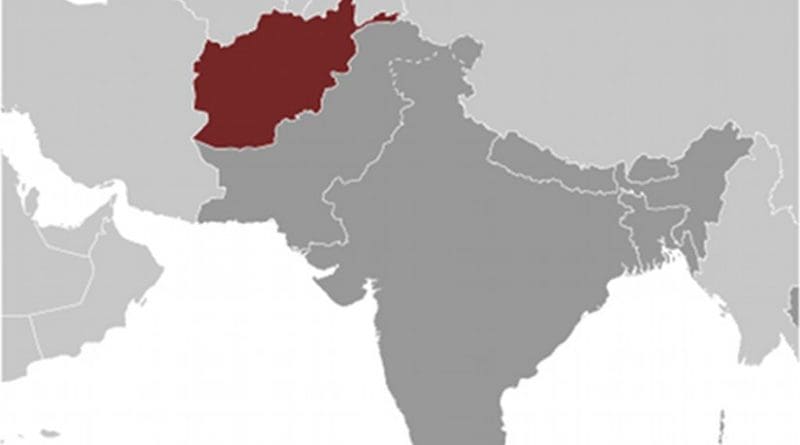Single Member District: A Firm Step Towards Materialization Of Greater Stability – OpEd
If elections is meant to earn legitimacy through representation of the populace, then the higher is the turnout in an election the greater will be the legitimacy of a regime and vice versa. The questions of representation and regime legitimacy are mainly addressed through elections in the post 2001 Afghanistan. Though the course was bumpy at times, it is still the most popular way of demonstration of their political will by ordinary Afghans. However, reducing the role of elections only to a way of expressing their political will by Afghans undermines the enormous role that the elections can play in the stability in Afghanistan. If properly conducted, elections have the potential to end marginalization of the population and strengthen order and extend government’s writ in the country.
Technically, the existing electoral system is not responsive to the ground realities in Afghanistan. It exclude huge number of people from expressing their will and forces them to develop feelings of being marginalized. The focus of this discussion is mainly parliamentary elections, never the less it also covers provincial councils and district council elections.
The whole province is constituency in the parliamentary as well as in the provincial council elections according to the existing system. Under the current system, candidates for the provincial council and National Assembly are subject to undergoing competition throughout the province. Candidates whose constituents are limited or whose area of influence is home to insurgency fail to compete with candidates from the relatively secure areas and thus they fail in elections. This practice has pushed a large number of social, religious and ethnic groups to marginalization in many parts of the country.
Additionally, electorates in the existing electoral system, though vote for their favorite candidate they lose track of their parliamentarian after they are elected. Since every parliamentarian represents their respective province and the geographical and security limitations overshadow their reach to the whole province they also lose track of their electorates. This foggy situation creates a web of intricacies that creates distances between the parliamentarians and their constituents. The situation creates a sense of marginalization among the general public, particularly among those who don’t have means to stay connected to their parliamentarians.
More importantly, the existing system paves the way for candidates mainly from the urban centers to win elections while candidate who represent areas that are home to insurgency cannot win in the elections. Although a direct correlation between insurgency and under-representation is a bit difficult to establish the previous elections are manifestation of a correlation between the two.Areas that are home to insurgency are the areas that doesn’t have representations in the National Assembly. Shinwari and Khugyani districts in Nangrahar, Zadran in Loya Paktia(Paktia, Paktika and Khost) and some districts in Ghazni emblem the fact. Nangrahar is home to six districts of Shinwari tribe, but has only one Member of Parliament in the National Assembly, Khogyani live in three districts in Nangrahar but has no member in the National Assembly. Zadran live in ten districts of Loya Paktia but has no representation in the National Assembly.
All the stated districts are home to insurgency and are relatively insecure than other districts in their respective provinces.
The nature of the ongoing insurgency is such that it needs to be neutralized on village level, where it starts. Military stand point reinforces the fact that hearts and minds must be won on the village level to defeat the insurgency in its infancy, failure to do so will spread insurgency to cities and urban centers.
To conclude, deprivation of the volatile areas’ residents means pushing them to further exclusion and vise versa. Giving residents of the volatile areas an opportunity to express their political will shall strengthen their sense of being part of the system and this will improve the security situation across the country. Citizens in such areas will see themselves in the system and will help the government extend its writ to different parts of the country.
However, in order for the Afghan government to achieve the above ideal, it needs to revisit the existing electoral system and replace the current electoral system with the single member system. The existing electoral system was designed for a period of time when the country was newly experiencing democracy and taking baby steps towards a more representative system. The current situation calls for a system that ensures more inclusivity.
To close, single member districts in parliamentary and provincial councils’ elections will trigger greater representation throughout Afghanistan that in turn will result in greater stability and enhanced state writ in Afghanistan.
*Ahmadullah Archiwal is a Kabul based researcher and can be reached at [email protected]


Single member district could be the best option. Deprived districts and provinces will be having their own members to address their social and political issues.